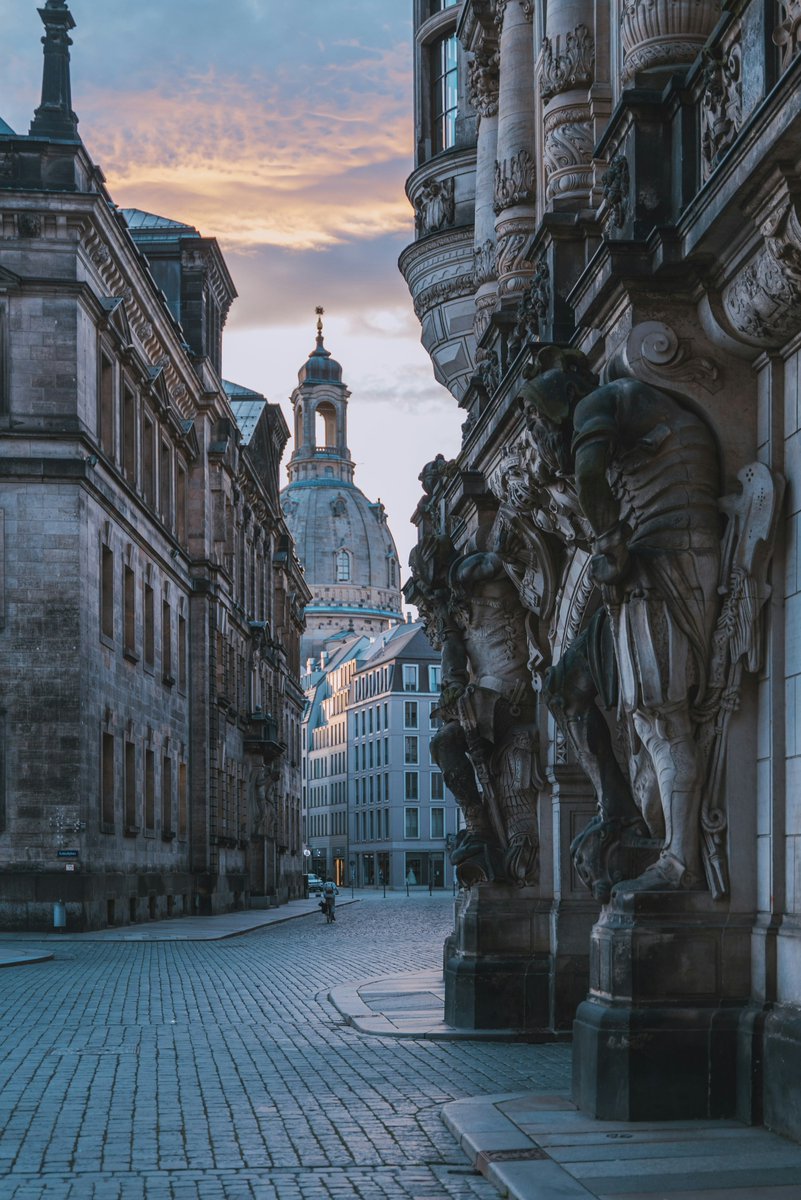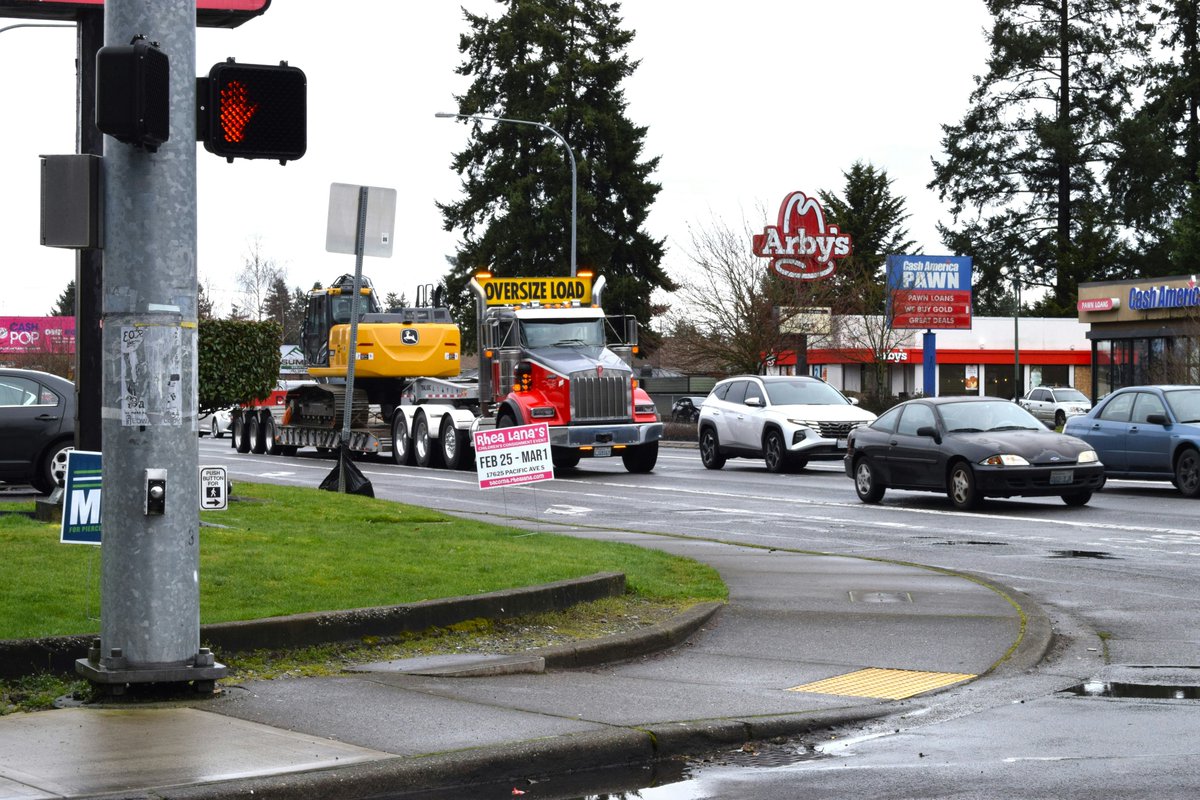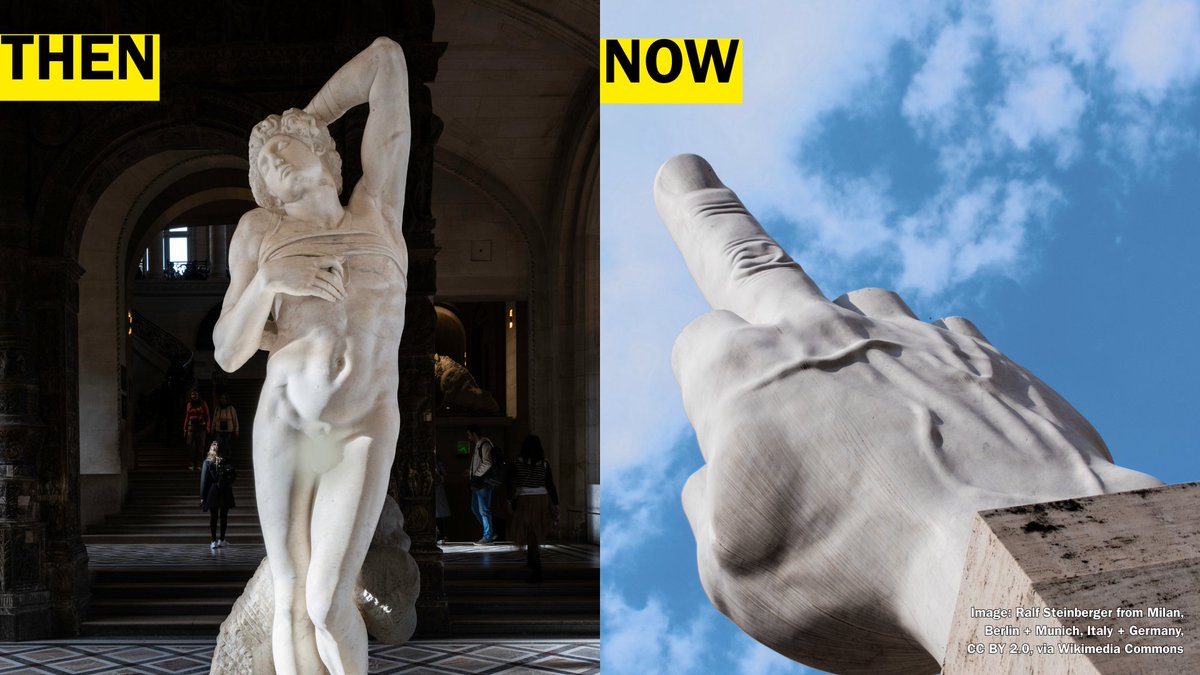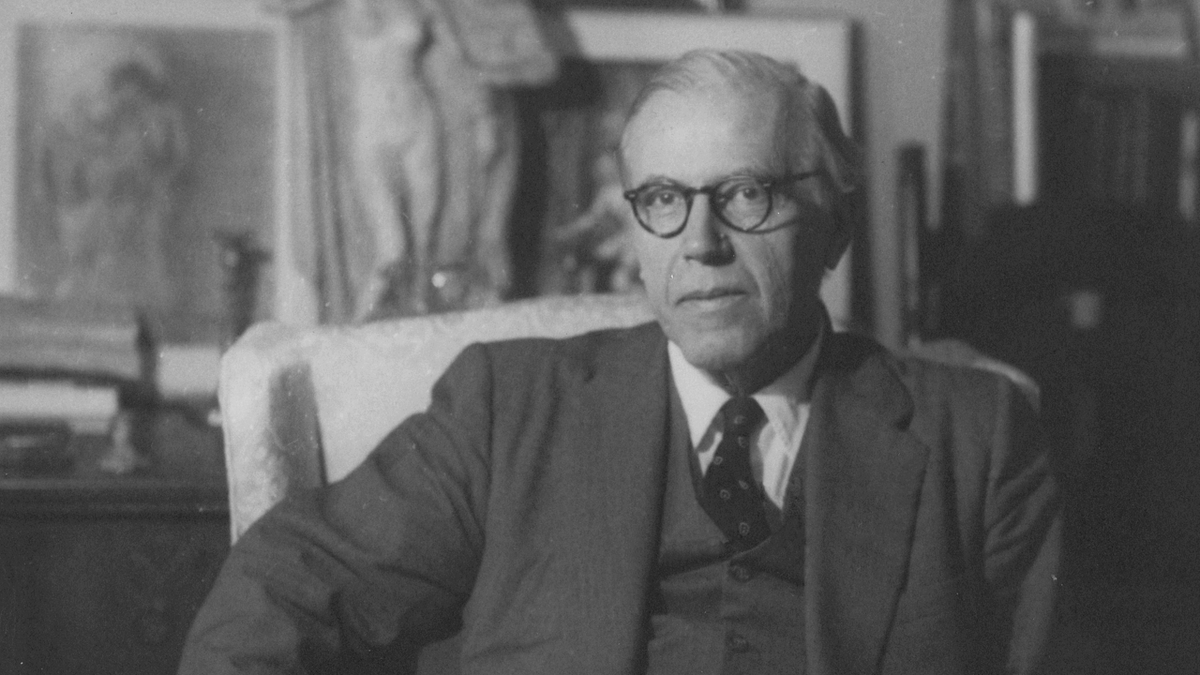1/ There is a reason why dystopias often resemble hospitals—cold, blue-white light—which is how our world is starting to be lit. But it wasn’t always like this. From candle-lit cathedrals to the Golden Age of Hollywood—lighting used to shape beauty, but now it bleaches it.



2/ “Let there be light.” The first act of God in creation. The primordial, existential, and spiritual importance of light cannot be underestimated. It gives form to our world and has the power to make it warm, human, and alive, or cold, sterile, and dead. 

3/ A prime example of how lighting used to be is Stanley Kubrick’s Barry Lyndon, which employed only natural and candlelight. The glow made the rooms look romantic, and the people look alive. Even the soft, window-lit daylight scenes were beautiful despite a lack of overhead lighting.



4/ Caravaggio beautifully captured the drama-filled landscape of the old candle-lit world. His stark use of shadow and light threw the essential aspects of a scene into sharp relief—all the more important knowing these images would have been lit themselves by candles in a church. 



5/ Light back then was gripping, immediate, and, most importantly, human; even the old methods of street lighting were beautiful. From the 16th to the 19th centuries, city streets were illuminated by lanterns and gas lamps that were essentially just flames that lit up spaces in a mysterious and romantic way.



6/ Lighting began to change with the advent of the electric bulb. At first, it was the soft, warm incandescent, but by the 1950s, fluorescent lights, which were cheaper and more efficient, began to take over. 

7/ In 1973, the oil crisis prompted lighting engineers to develop compact fluorescent lamps (CFLs) for residential use. By the mid-1980s, CFLs had been launched onto the market and had become widespread by the 1990s. The nearly 100-year usage of the incandescent was over.
In 2023, incandescent bulbs were effectively banned in the U.S. because of new regulations.
In 2023, incandescent bulbs were effectively banned in the U.S. because of new regulations.

8/ All of this harsh artificial light is causing a severe problem of overexposure to light. From 2012 to 2016, the Earth’s artificially lit area grew by 2.2% each year, with a total radiance growth of 1.9% annually, leading to a phenomenon called light pollution. This phenomenon blocks stars in the night sky, disrupting ecosystems and human health.



9/ Increased light, including the LEDs on our screens, reduces melatonin levels, which can lead to sleep issues, stress, and anxiety. Beyond this, the shift from warm, soft light to cool, harsh light has led to an aesthetic bleaching of the world. 

10/ Interestingly, in most dystopian films, the common feature is always sterile, dehumanizing lighting, which reflects the constant surveillance and spiritual deadness due to being cut off from God and, therefore, hope and love. 



11/ A similar lighting aesthetic is evoked even when thinking about specific political regimes. Think of the USSR or North Korea, and a cold, grey image comes to mind, in contrast to the warm-toned, "homey" atmosphere of 1950s America. 



12/ As the Western world becomes increasingly valueless and, therefore, more dystopian, our cityscapes and surroundings have become flatter and grayer, which has impacted our arts, especially fashion photography. 



13/ The recent Harper’s Bazaar Italia covers by Juergen Teller sums up the new cold and flat style of photography. Compare this to a 1994 Vogue shoot by Arthur Elgort (also shot in Rome), which is colorful, warm, and full of life. This comparison show power of lighting in creating beauty.



14/ The flattening of light has flattened our culture. Our lighting is now anti-nature and anti-beauty. The over-illumination of everything has eliminated all shadows, resulting in a loss of depth and meaning. 



15/ Catholic Aesthetician Dietrich von Hildebrand says, "In nature, there are no bearers of the flat or the cheap. This category presupposes the human spirit and its capacity for perversion.” And “the beauty of the second power (spiritual beauty) also contains a qualitative antithesis to the flat and the cheap.”

16/ This is the lighting of hell—not flames, but the blinding white of a world stripped of mystery and beauty. Even Dante imagined the lowest circle of Hell not as fire but as a cold, frozen wasteland. 

17/ Bringing beauty back begins with recognizing that lighting matters—and making simple, intentional choices in how we light our spaces.
• • •
Missing some Tweet in this thread? You can try to
force a refresh






























